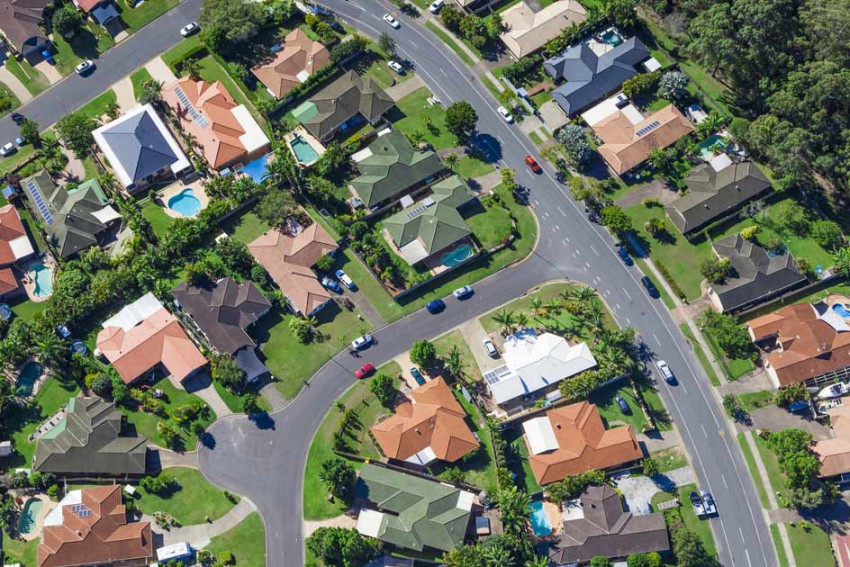The risks of falling house prices

House prices in Australia are high. Having risen by around 9.5 percent over the past year, the Reserve Bank of Australia is giving consideration to implementing radical policies that would not only slow this house price growth but would risk seeing absolute falls in prices.
House prices in Australia are high. Having risen by around 9.5 percent over the past year, the Reserve Bank of Australia is giving consideration to implementing radical policies that would not only slow this house price growth but would risk seeing absolute falls in prices. Before the RBA and the anti-house price growth clique get too excited about the prospect of a policy suite that stops house prices rising or engineers a house price fall, it is worth thinking about the consequences for the macro economy from both strong house prices and the alternative – price weakness. Around two-thirds of the population owns the house they live in (about half of those with a mortgage), with a further 10 percent of the population owning one or more additional house for investment or holiday purposes. The value of these houses is currently estimated by the Australian Bureau of Statistics to be a little over $5 trillion. When house prices rise, there is a direct and unambiguous wealth effect for homeowners. Over the past two years, wealth in housing has risen by around $800 billion. That is a hefty short-term boost to wealth in a $1.65 trillion economy. This wealth has been a critical element supporting household balance sheets, enhancing consumer confidence and building financial security for those with a house or two. Were house prices to fall, a highly indebted household sector would be hit with lower wealth and some recent borrowers would be at risk of having negative equity in their house. If the price falls were sharp, say 10 percent or so, the consequences for the macro economy would be severe. One only has to look at the economic fall out in countries where house prices have fallen to see the fallout for economic growth, jobs, fiscal policy and financial stability. Ireland, Spain, the US and the UK, among other countries, fell into deep recessions as house price falls smashed consumer sentiment and wealth. Banks were insolvent and had to be bailed out by the government at a huge cost that will take decades to repay. In those countries housing affordability did not improve, despite lower prices, because unemployment sky-rocketed, real wages fell and bank lending for mortgages all but dried up. The anti-house price growth clique needs to be aware of these risks and be very careful what they wish for. Another massive benefit of elevated house prices is a boost to construction. With the prospect of even moderate house price growth, property developers are more willing to build, knowing they can sell the finished product in a year or two at a decent profit and banks are increasingly willing to lend. This leads to the critical element in house prices and the related issue of housing affordability – supply. With Australia’s population set to increase by around two million over the next five years, the number of houses needs to increase by just under a million to keep up with that demand. This level of construction does not include the rebuilding of old and dilapidated dwellings, so construction needs to be strong. If new construction therefore is around a million new dwellings over the next five years, new supply will have met demand and price pressures will have been contained. A house building boom, if there is to be one, would add to supply and there would be a dampening effect on prices which would be the most desirable long run way of dealing with housing affordability. Ideally, for the sake of the economy, the stability of the financial sector and the banks, there would be an extended period, perhaps more than three years, where nominal house prices were broadly flat. Even price falls of a couple of percent over a few years would be desirable, as long as the falls were contained to those sorts of magnitudes. With household incomes growing at around three to four percent per annum on average over that time, affordability would clearly improve. Price stability would not deter builders and property developers from continuing to address the supply side problem. What’s more, the banks would be content as bad debt levels would be contained in the event of default. The big question is how to get price stability without flirting with the danger of pushing things too far and tipping the whole economy over the edge in the process. Stephen Koukoulas is the Managing Director of Market Economics thekouk.com.au